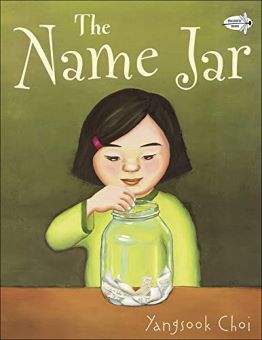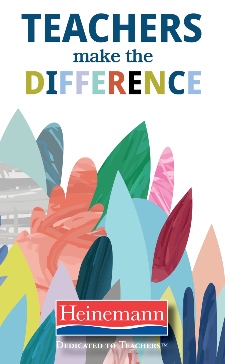Creating Lessons for All through Picture Books
Gina Finneran
They say a picture is worth a thousand words; however, sometimes it is worth even more! Picture books are a valuable resource for Multilingual Learners (MLs) of all ages and proficiency levels. With their often vivid illustrations and easy to follow stories or concepts, these books provide an enjoyable and non-threatening way for students to develop a variety of skills needed to succeed. Below are some of the ways picture books can help benefit students.
1. Expanding Vocabulary
For ML students building a vocabulary in all content areas is so important. Picture books provide context-rich opportunities for students to learn new words in different subjects– from social studies to science and more. The illustrations help students connect to the text, allowing students to infer the meanings of unfamiliar words based on visuals. Content-themed picture books can help students build upon prior knowledge as they learn the new language. This is especially helpful for young learners or those at lower proficiency levels, as they can connect words and feelings to the images in the books.
2. Supporting Social-Emotional Learning (SEL)
Picture books also play a significant role in fostering social-emotional learning (SEL) which is essential for students’ overall development. Many picture books feature stories about emotions, friendships, conflict resolution, and empathy, providing valuable lessons for students learning to navigate social situations. ML students, who may be adjusting to new cultures or languages, often benefit from seeing characters going through the same situations they are going through. Stories depicting characters overcoming challenges or solving problems help students understand and manage their feelings while also improving their speaking skills.
3. Promoting Culture and Diversity
Picture books are a great way to teach students about holidays, culture, and more. A picture book about a holiday can help students compare and contrast traditions as well as introduce them to new ideas. Picture books often feature characters from diverse backgrounds, allowing ML students to see different cultures and perspectives they may not have encountered before in their home countries. This exposure can also bridge gaps between students from different backgrounds, fostering mutual respect and appreciation.
4. Building a Love for Reading
Last, but not least, picture books can help develop a love or, at the minimum, a liking of reading. By enjoying the process of reading, students are more likely to develop positive associations with language learning, which can inspire them to read more and further enhance their language skills. Incorporating picture books into ML instruction strengthens language skills and supports emotional growth, cultural understanding, and critical thinking. Research has shown early exposure to picture books can positively impact language acquisition, especially for ESL learners (Miller & Veatch, 2017).
Using Picture Books in the Classroom – The Name Jar by Yangsook Choi
 The Name Jar is a picture book I use in my classroom during the first month of school. As someone with a very “Italian” name, I always cringed when someone would have to pronounce it. The emotions I felt then I can still remember today. This is a great story that many students can relate to and is a welcoming tool in the classroom.
The Name Jar is a picture book I use in my classroom during the first month of school. As someone with a very “Italian” name, I always cringed when someone would have to pronounce it. The emotions I felt then I can still remember today. This is a great story that many students can relate to and is a welcoming tool in the classroom.
In this story unit, you can teach elements of a story; school and neighborhood vocabulary, as well as feelings and emotions. I also have the students reflect on their own names and their meanings. It opens up wonderful conversations about how names are given in every country and culture and how to be proud of them.
Summary Overview from Barnes and Noble: A heartwarming story about the new girl in school, and how she learns to appreciate her Korean name.
Being the new kid in school is hard enough, but what happens when nobody can pronounce your name? Having just moved from Korea, Unhei is anxious about fitting in. So instead of introducing herself on the first day of school, she decides to choose an American name from a glass jar. But while Unhei thinks of being Suzy, Laura, or Amanda, nothing feels right. With the help of a new friend, Unhei will learn that the best name is her own. From acclaimed creator Yangsook Choi comes the bestselling classic about finding the courage to be yourself and being proud of your background.
BIO:
Luigina Finneran is the NJTESOL/NJBE Bilingual/ESL Middle School 6-8 SIG Representative. She teaches in Fair Lawn Schools. She will present on this topic on Wednesday at the NJTESOL/NJBE conference.
Reference:
Miller, M., & Veatch, K. (2017). The Power of Picture Books: Teaching ESL Students Through Visual Literacy. Routledge



